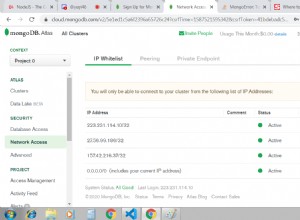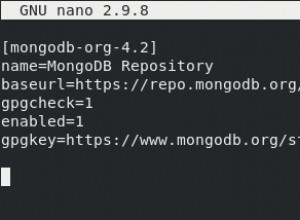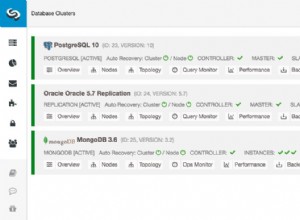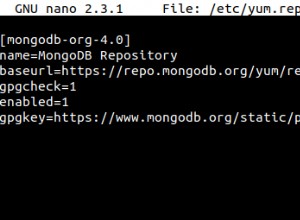Możesz spróbować tego:
db.getCollection('test').aggregate([
//Sort
{$sort: { datetime: -1 }},
//Add fields to an array
{$group: {
"_id": null,
"field1": { $push: "$field1" },
"field2": { $push: "$field2" },
}},
//Filter and do not include null values
{$project: {
"field1notNull" : {
$filter: {
input: "$field1",
as: "f",
cond: { $ne: [ "$$f", null ] }
}
},
"field2notNull" : {
$filter: {
input: "$field2",
as: "f",
cond: { $ne: [ "$$f", null ] }
}
}
}
},
//Get the first values of each
{$project: {
"_id": null,
"field1": {$arrayElemAt: ["$field1notNull", 0]},
"field2": {$arrayElemAt: ["$field2notNull", 0]}
}}
])




